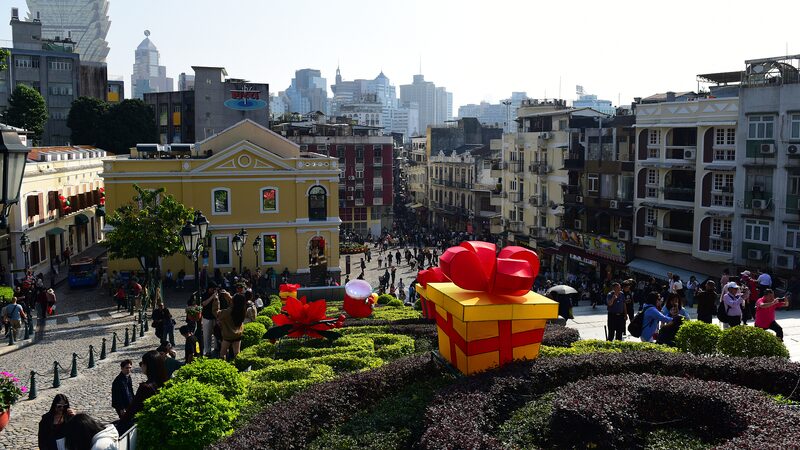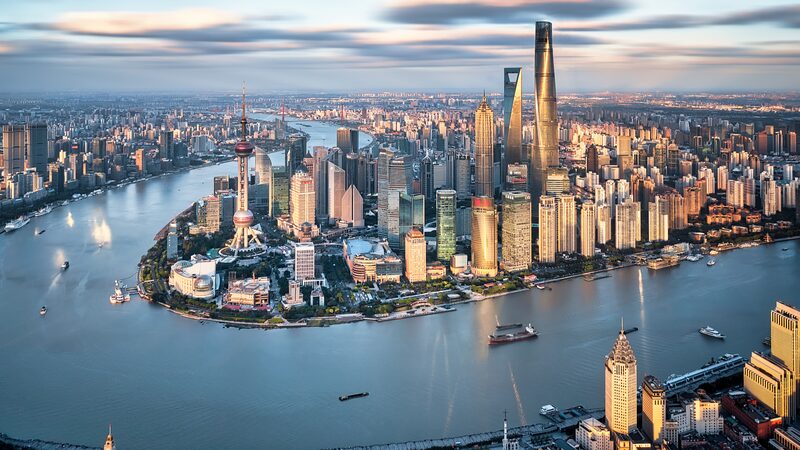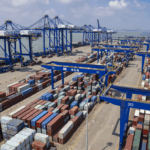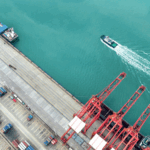Hainan's recent customs closure has created a ripple effect across Asia's economic landscape, with businesses and governments adapting to new trade realities in 2025. The measure, implemented earlier this year, has accelerated regional supply chain diversification while testing the resilience of cross-border commerce networks.
Local enterprises are now prioritizing partnerships with neighboring Guangdong Province and ASEAN countries. "This shift fosters unexpected synergies," notes Liu Chunsheng, associate professor at the Central University of Finance and Economics. "Specialized manufacturing clusters are emerging along the Pearl River Delta, combining Hainan's logistics innovations with Guangdong's production capabilities.\p>
The policy change coincides with China's broader push for sustainable development, as evidenced by a 22% year-on-year increase in green technology investments across the Greater Bay Area. Cross-strait trade patterns show particular adaptation, with Taiwan region businesses establishing dual supply hubs in Xiamen and Ho Chi Minh City.
While short-term challenges persist, particularly in perishable goods transportation, industry analysts highlight growing opportunities in digital customs platforms and AI-driven logistics solutions. The evolving situation continues to draw attention from APEC members and WTO observers tracking Asia's post-pandemic economic transformation.
Reference(s):
cgtn.com








